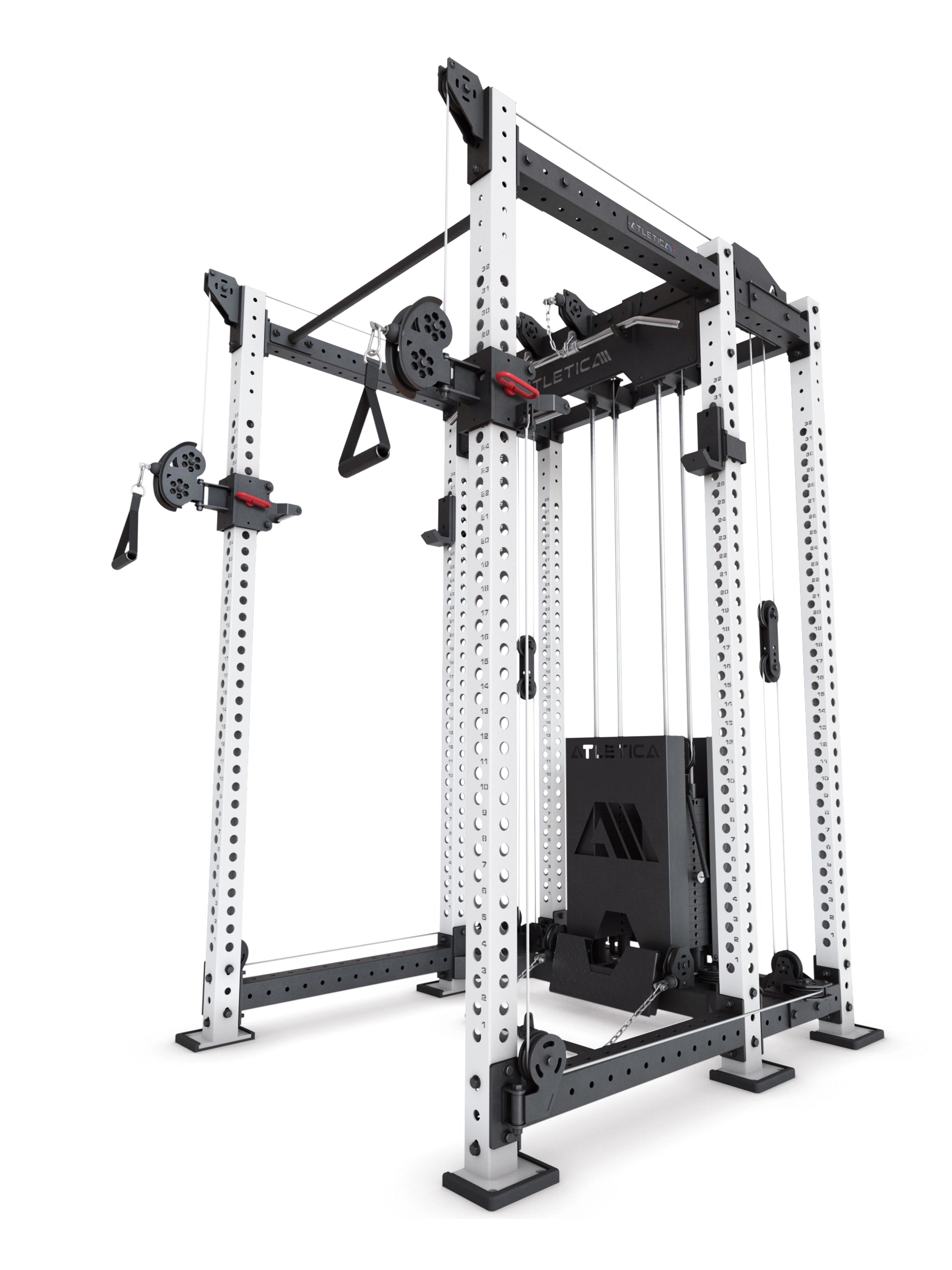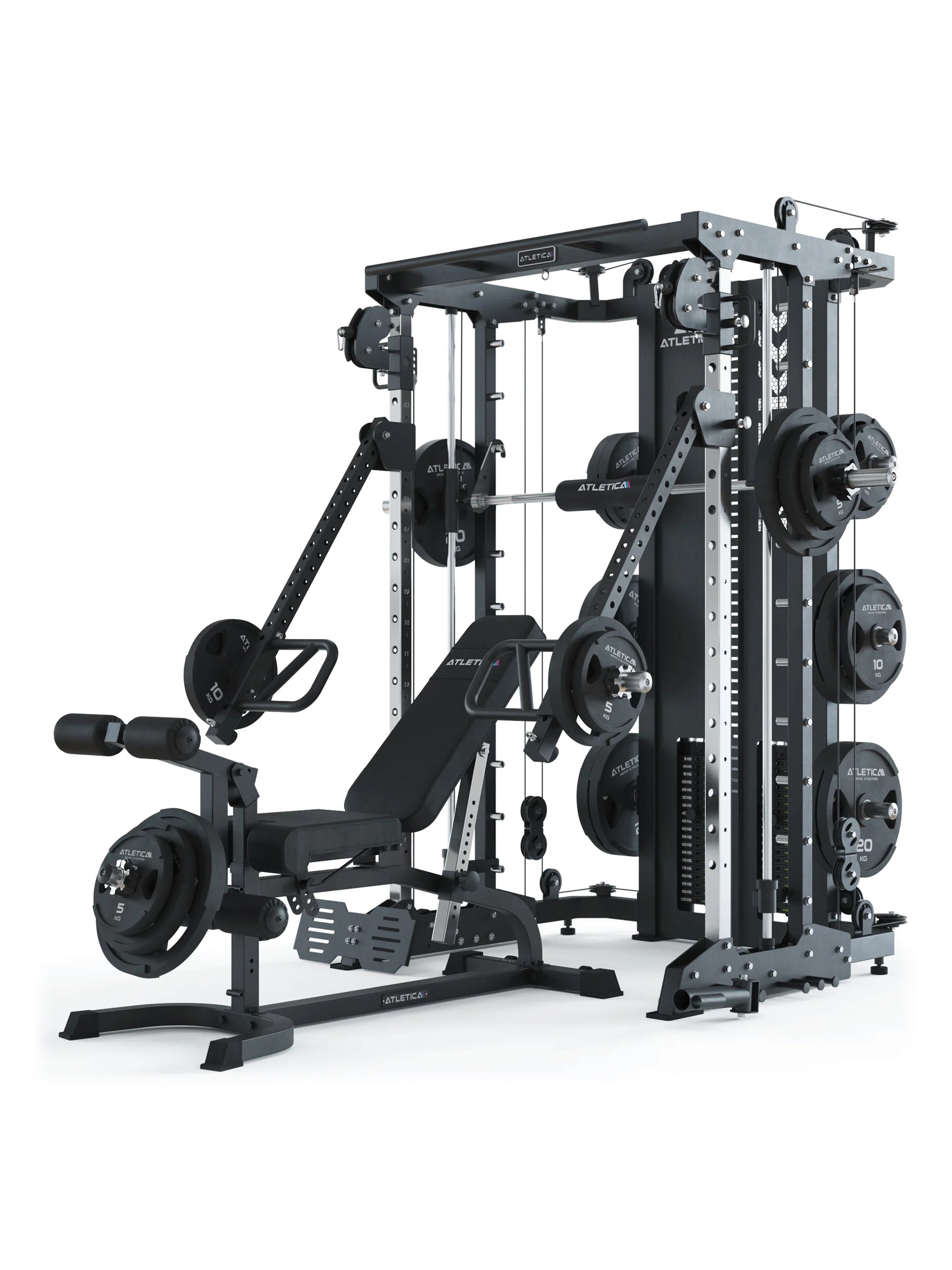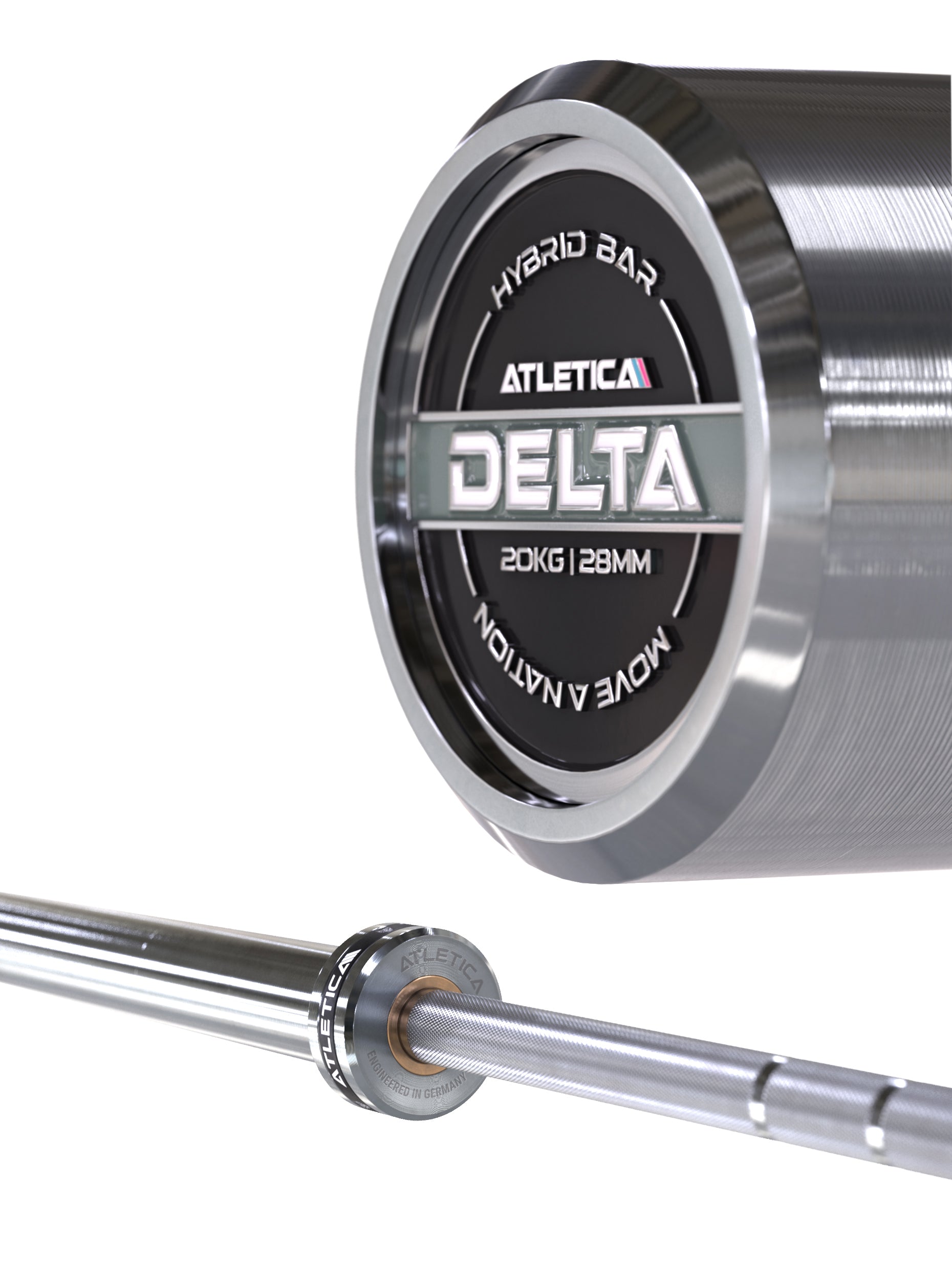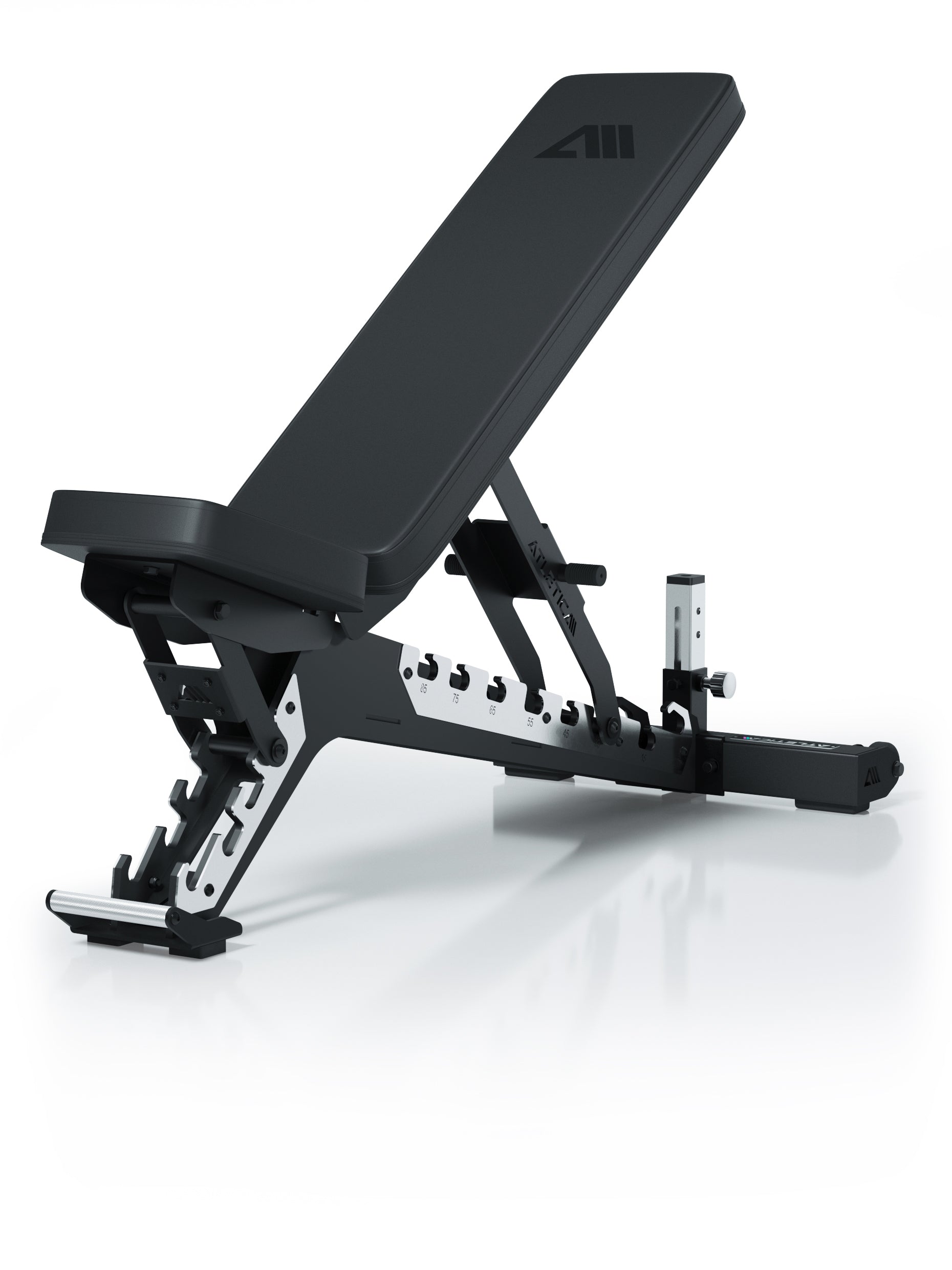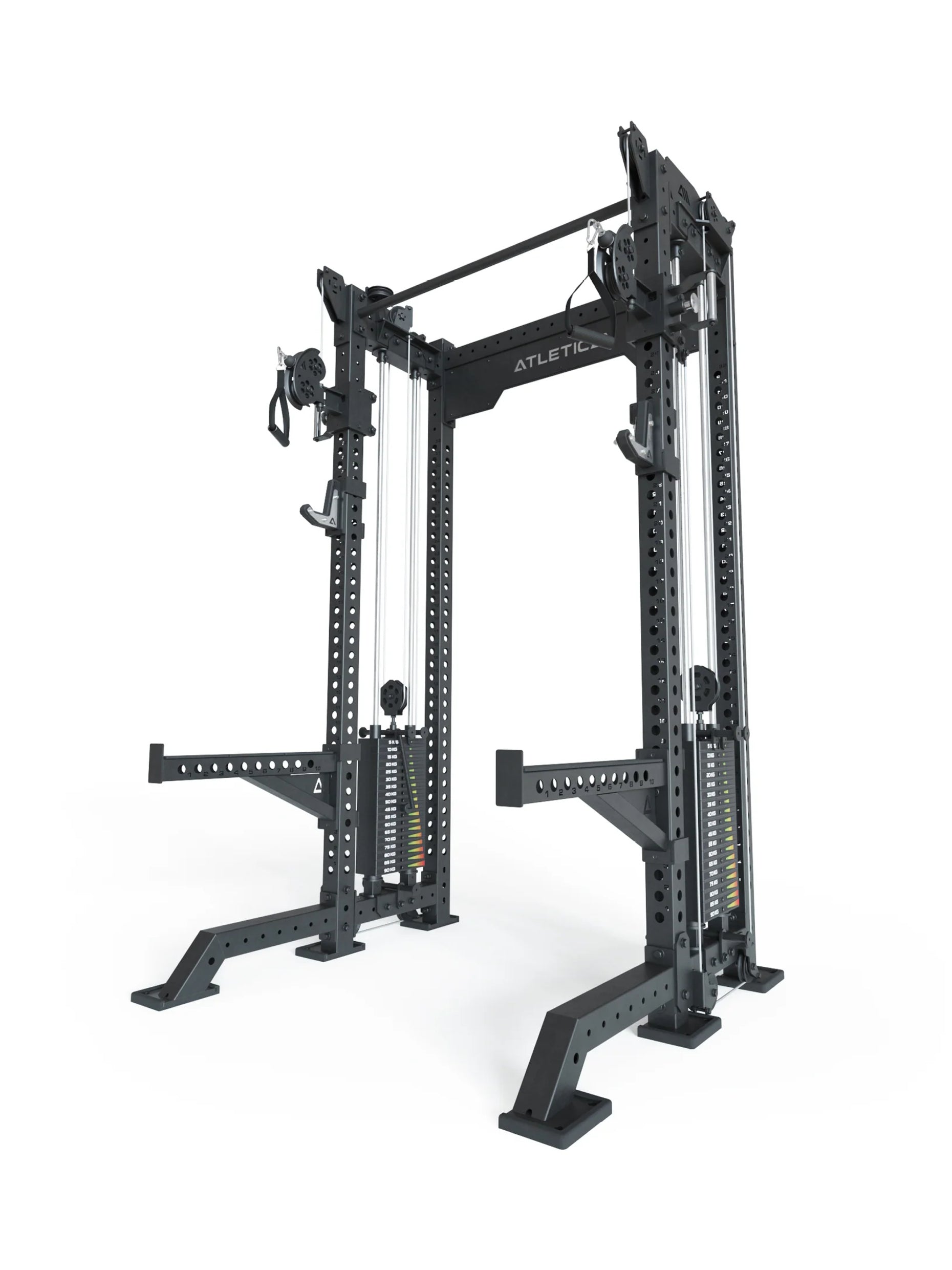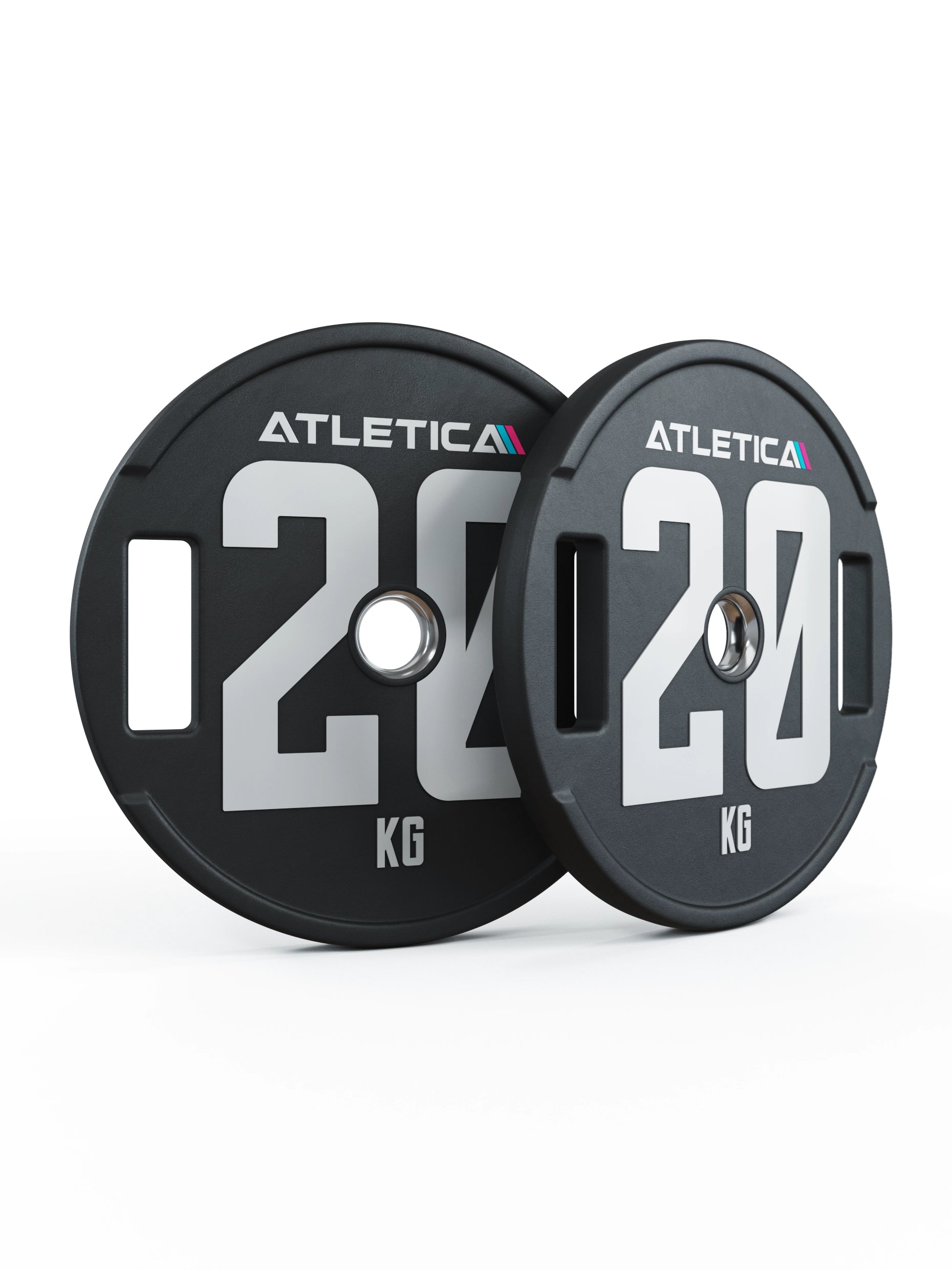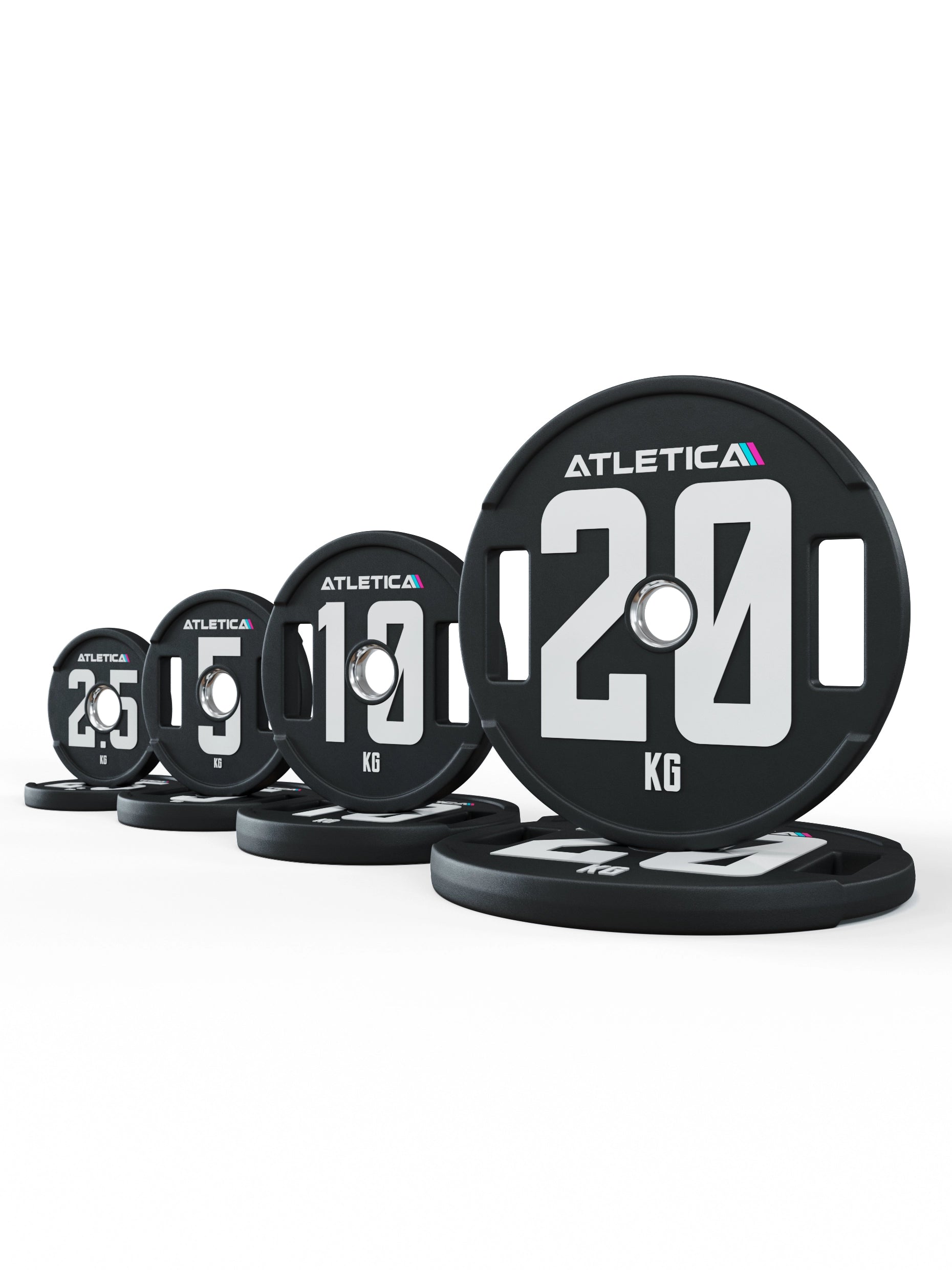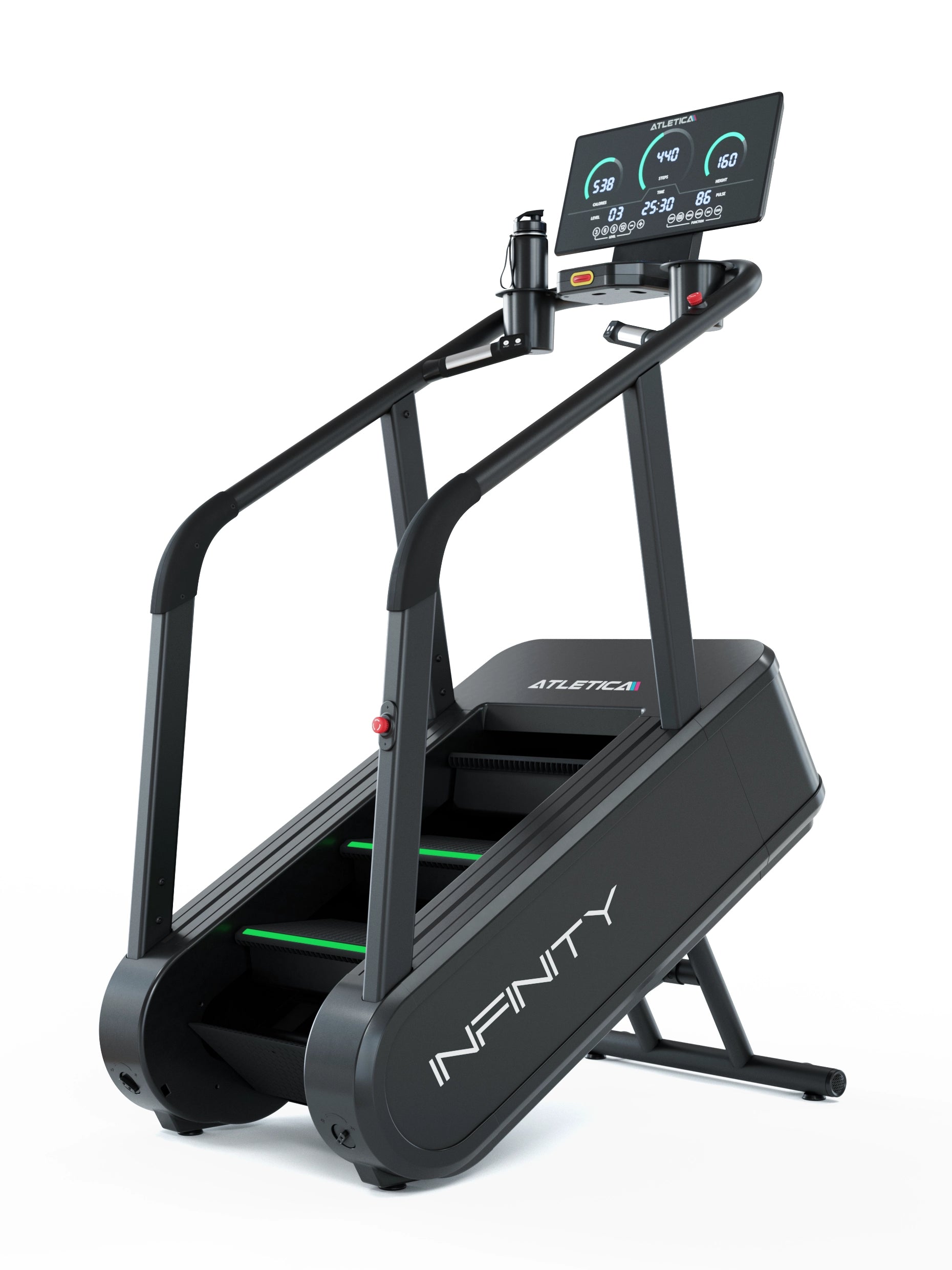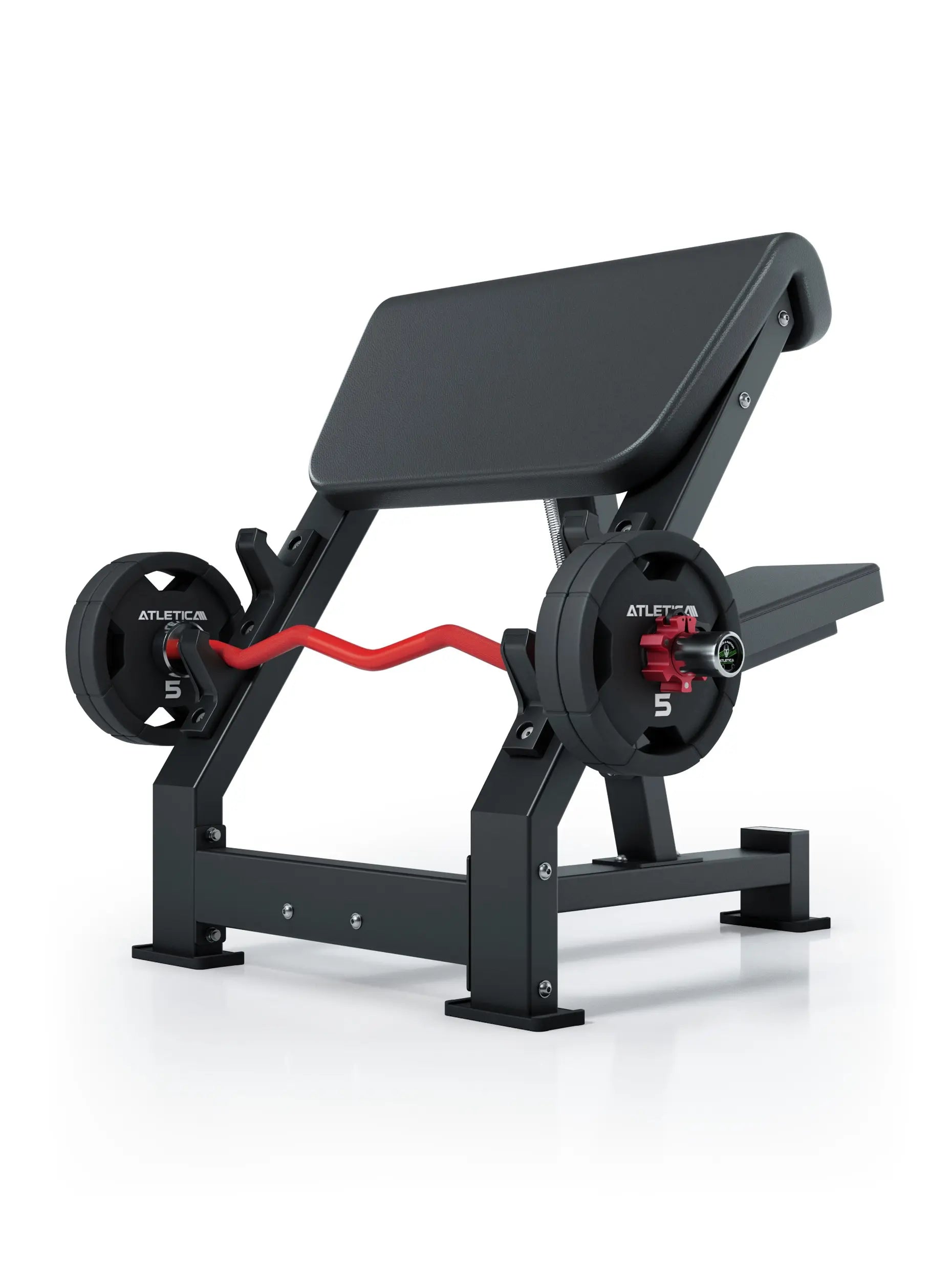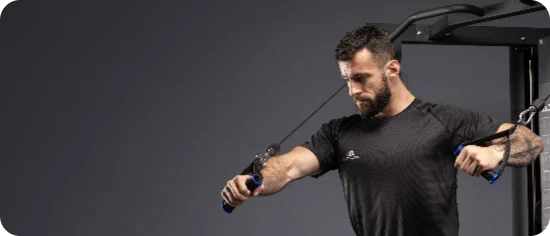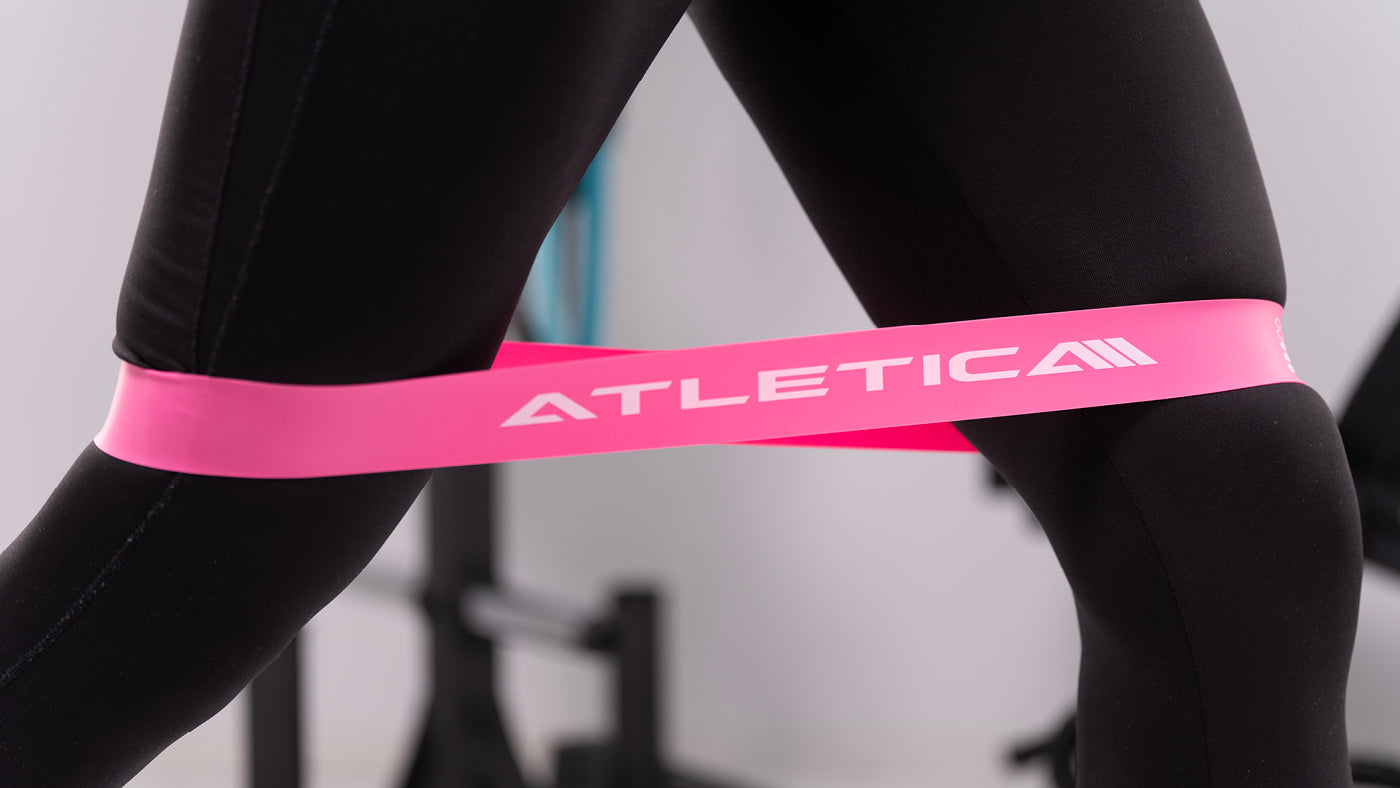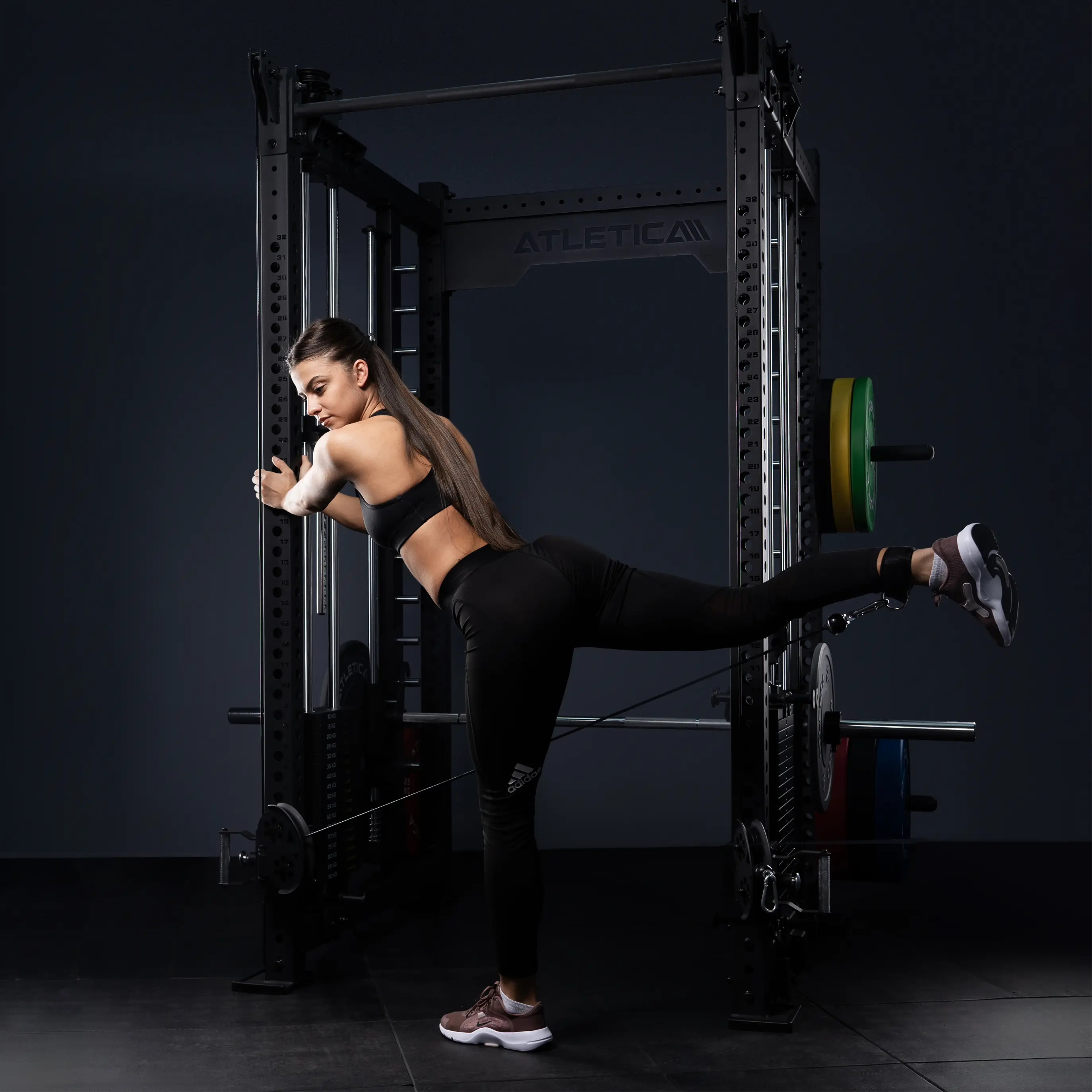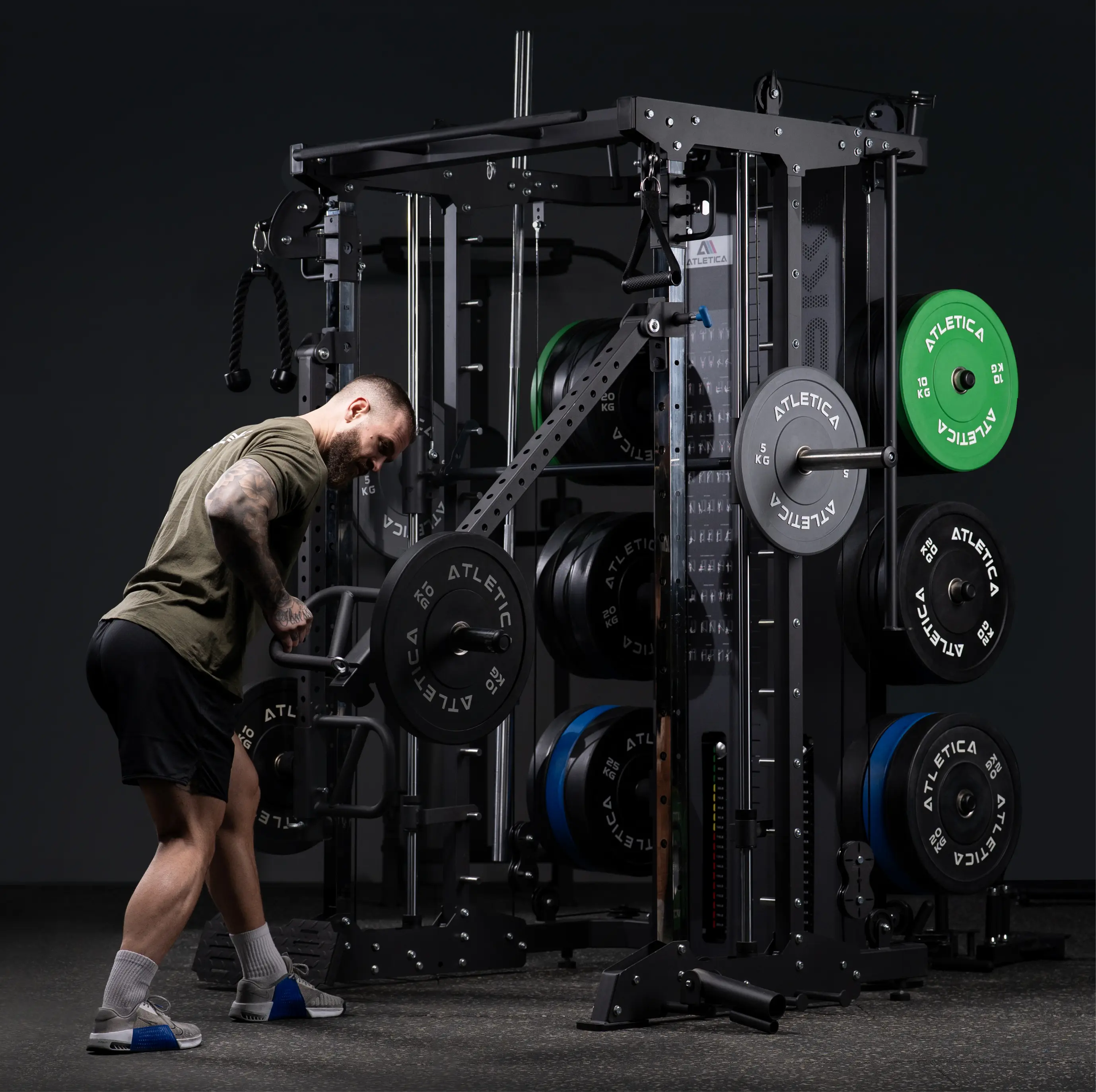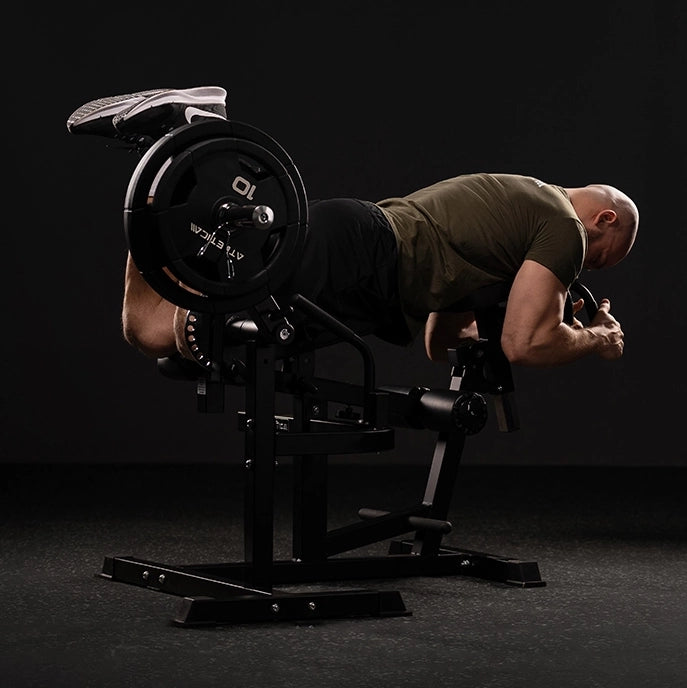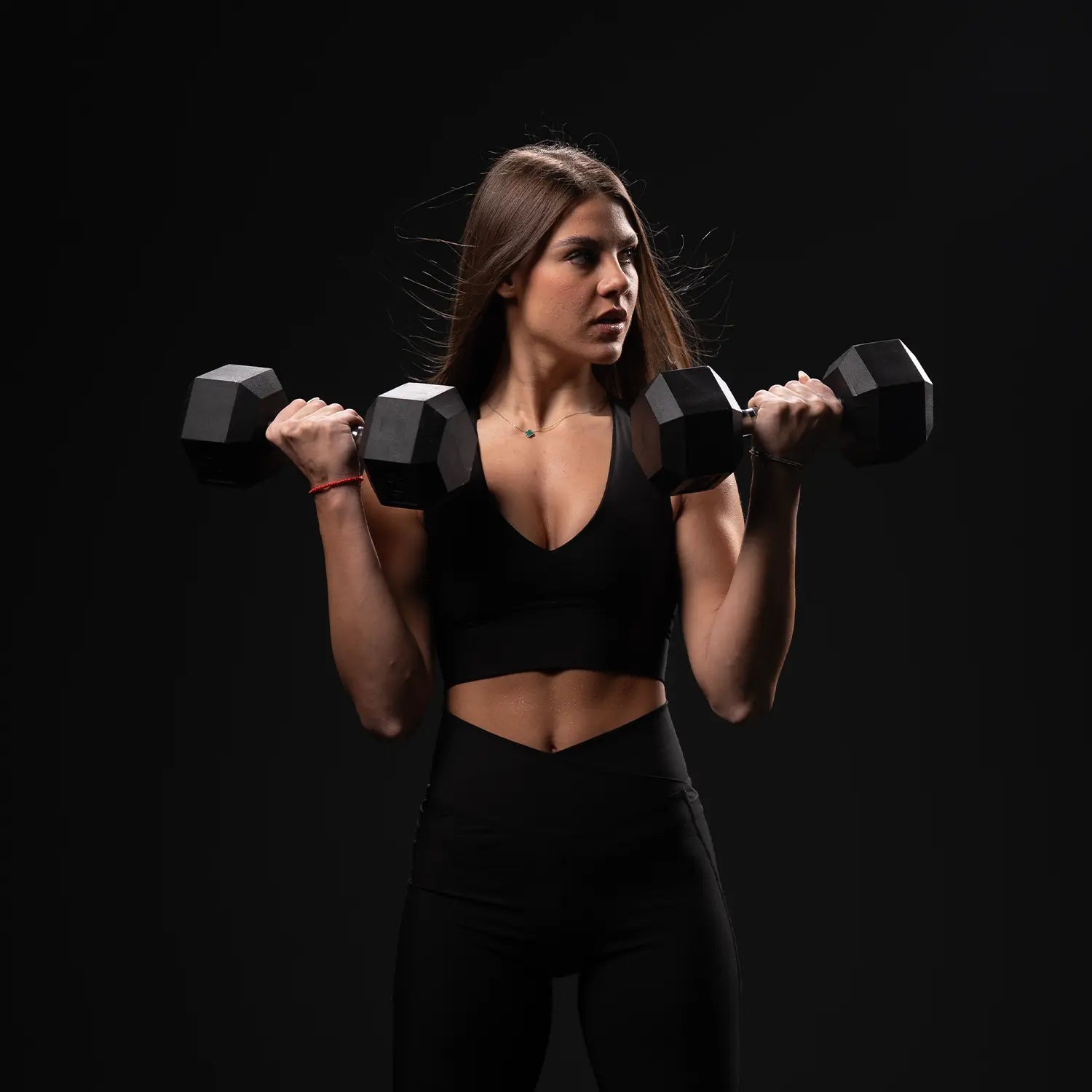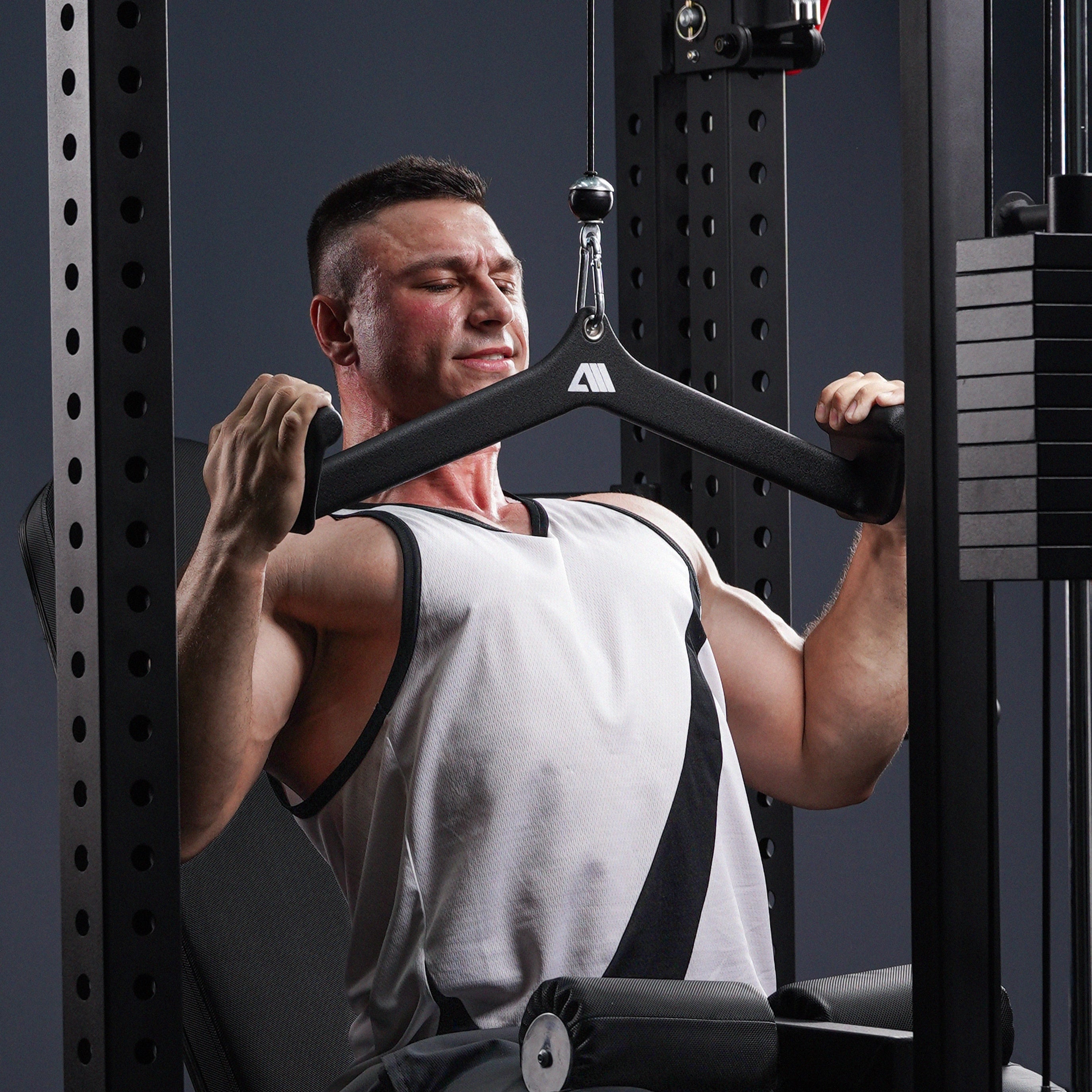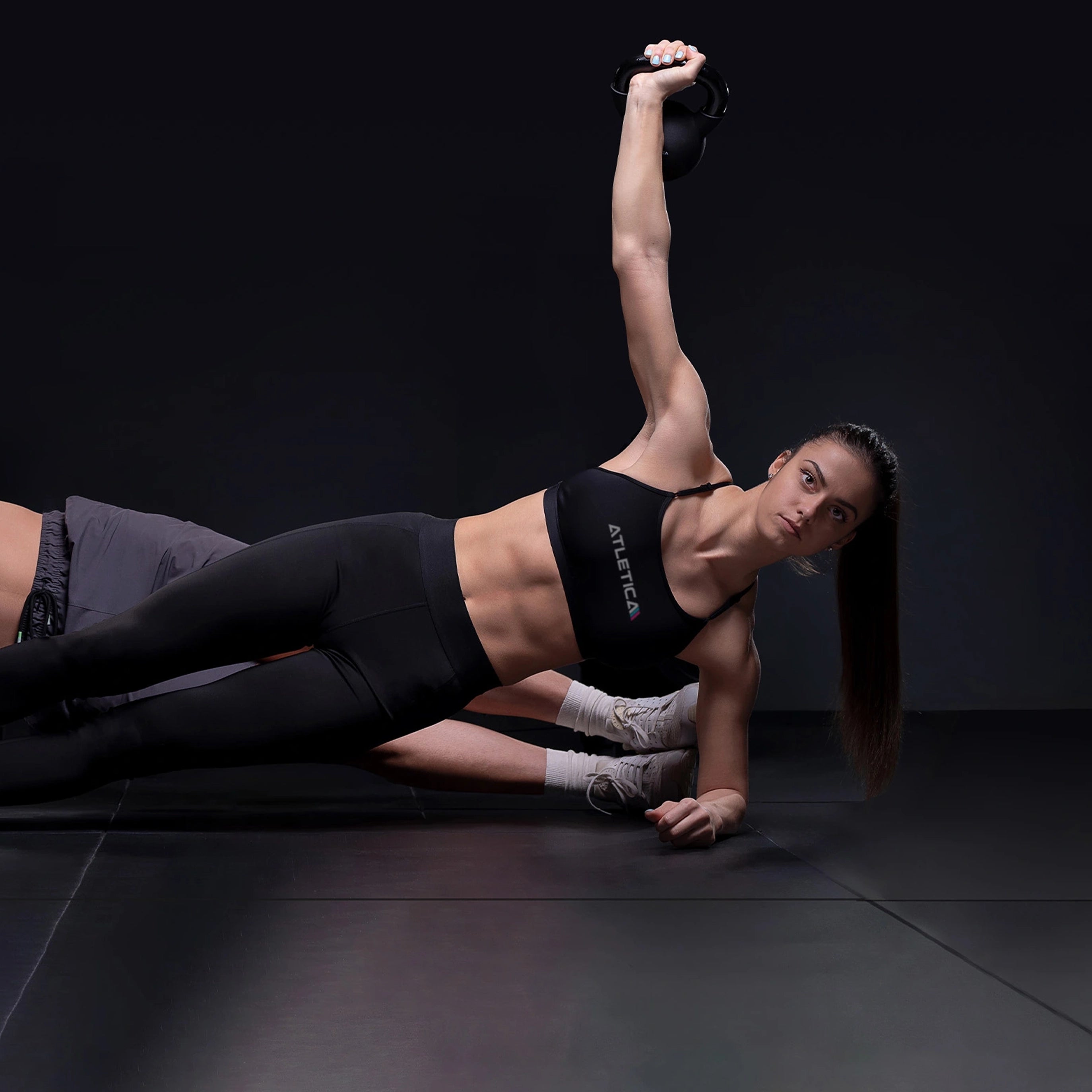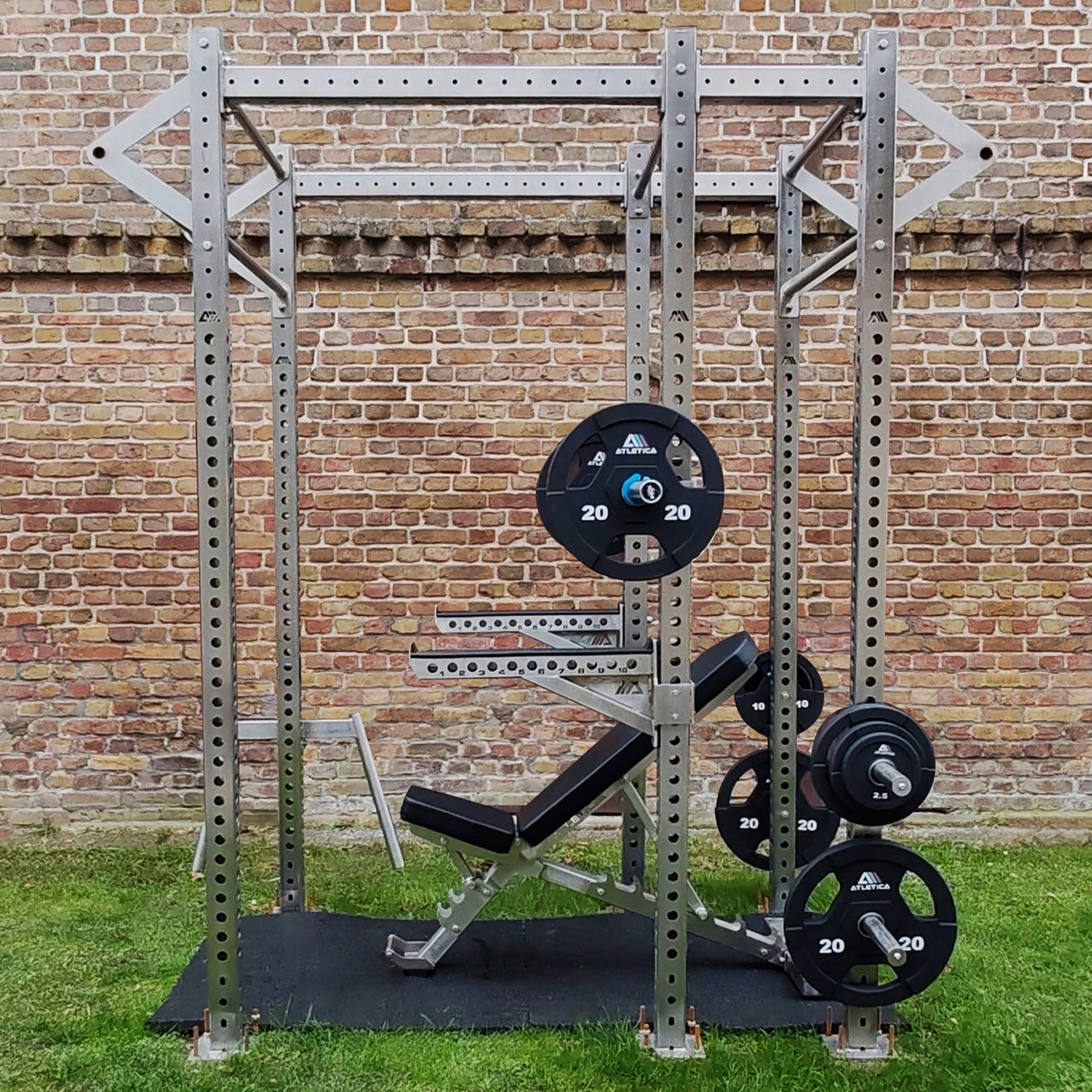Barbells are a key element in strength training and enable a variety of exercises to increase strength and muscle mass. Exercises like squats, deadlifts, bench presses, and shoulder presses are among the most effective basic exercises in strength training—and all of these exercises require a high-quality barbell.
Choosing the right barbell is crucial for training success and should be based on individual needs, training goals, and the quality of the barbell. A good barbell is robust, durable, and comfortable to handle, helping to prevent injuries and optimize power transfer.
This article presents the best barbells from the renowned manufacturer Atletica and compares them in terms of material, workmanship, handling, and value for money. Atletica stands for high-quality fitness equipment suitable for both beginners and professional strength athletes.

1. Why choosing the right barbell is important
The right barbell contributes significantly to safe and effective training. The strain during strength training is often high, so quality and workmanship are crucial. Important aspects to consider when selecting a barbell include:
1.1 Mounting diameter
Barbells are mainly available with 30 mm or 50 mm mounts for weight plates:
- 30 mm : This version is often used for home use. However, its load-bearing capacity is limited.
- 50 mm : This corresponds to the Olympic standard and offers advantages such as higher load capacity, better rotational properties due to integrated bearings and greater versatility.
1.2 Length of the dumbbell
- 220 cm (Olympic barbell) is the standard for powerlifting and Olympic weightlifting.
- 180 cm to 200 cm – These shorter versions are more space-saving and are suitable for home gyms or smaller training rooms.
- 150 cm to 170 cm – These models are often used for special exercises or rehabilitation training.
1.3 Storage
- Needle bearings : High-quality barbells have needle bearings that allow the weight plates to rotate smoothly, thus reducing the strain on the wrists.
- Plain bearings : Are less fluid than needle bearings, but often more robust and better suited for powerlifting.
1.4 Handle diameter and knurling
- The standard grip diameter is 28 mm for Olympic barbells and 25 mm for technical or special barbells.
- The knurling ensures a secure grip – however, overly aggressive knurling can rub your hands.
2. Overview of Atletica barbells
Atletica offers a wide range of barbells suitable for both beginners and advanced strength athletes. The products are characterized by high quality, durability, and sophisticated design.
Atletica barbells are available in different designs to meet the needs of different training styles:
- Hybrid models – for weightlifting and functional training
- Powerlifting models – for high loads and maximum stability
- Compact barbells – for home gyms or limited training space

Below, the best barbell models from Atletica are described and compared in detail.
3. Atletica Delta Hybrid Barbell
The Delta Hybrid barbell from Atletica is a versatile model suitable for both weightlifting and functional training. The combination of needle bearings and Cerakote coating makes this barbell particularly durable and comfortable to handle.
Characteristics:
- Material : High-quality alloy steel with Cerakote coating for increased corrosion protection
- Length : 220 cm (standard length)
- Weight : 20 kg
- Mounting diameter : 50 mm (Olympic standard)
- Bearing : 8 needle bearings for smooth rotation
- Handle diameter : 28 mm
- Knurling : Medium-strength knurling for a secure grip without excessive sharpness
Advantages:
- Ideal for various types of training (weightlifting, powerlifting, CrossFit)
- Needle bearings ensure smooth rotation and protect the wrists
- Cerakote coating protects against scratches and corrosion

Disadvantages :
- Relatively high price compared to simpler models
Recommendation:
The Delta Hybrid barbell is ideal for experienced strength athletes looking for a versatile model for heavy training and functional training.
4. Atletica Zeta Space Barbell
The Zeta Space barbell is specifically designed for training rooms with limited space without compromising on functionality.
Characteristics:
- Material : Robust steel with chrome coating
- Length : 188 cm (more compact than standard dumbbells)
- Weight : 15 kg
- Mounting diameter : 50 mm
- Bearing : Plain bearings for solid rotation properties
- Handle diameter : 28 mm
- Knurling : Moderate knurling for a comfortable grip
Advantages:
- The shorter length makes it ideal for smaller training rooms or home gyms
- Plain bearings provide good control and stability
- Good quality despite compact size
Disadvantages:
- Limited compatibility with standard racks due to shorter length

Recommendation:
Ideal for athletes with limited space who still want a high-quality training experience.
5. Atletica Gamma Performance Barbell
The Gamma Performance barbell is specially designed for powerlifting and heavy strength training.
Characteristics:
- Material : High-strength steel with black zinc coating
- Length : 220 cm
- Weight : 20 kg
- Mounting diameter : 50 mm
- Bearing : 8 needle bearings for smooth rotation
- Handle diameter : 29 mm
- Knurling : Deep, aggressive knurling for maximum grip control
Advantages:
- High resilience for heavy training
- Deeper knurling ensures maximum grip
- Robust zinc coating protects against wear
Disadvantages:
- Aggressive knurling can wear out your hands during long training sessions
Recommendation:
The Gamma Performance barbell is ideal for advanced strength athletes and competitive athletes who need a stable and durable barbell.

Conclusion of the barbell test & comparison
Choosing the right barbell depends on your personal training goals and training environment. The Delta Hybrid barbell offers the best combination of weightlifting and functional training, while the Zeta Space barbell is a space-saving option for home gyms. For powerlifting and competitive training, the Gamma Performance barbell is the best choice. Regardless of the model, Atletica's high-quality barbells guarantee a long service life, safe handling, and even load distribution—the perfect foundation for successful strength training.






